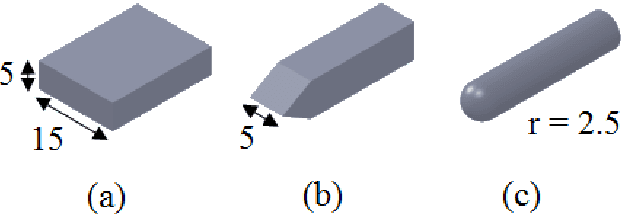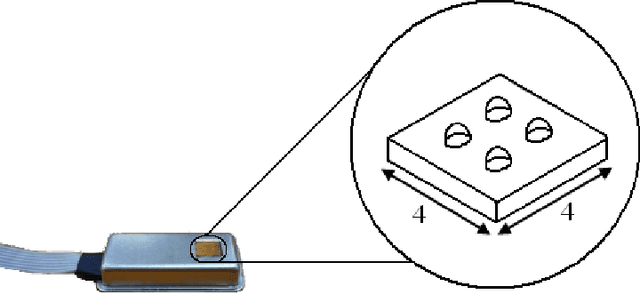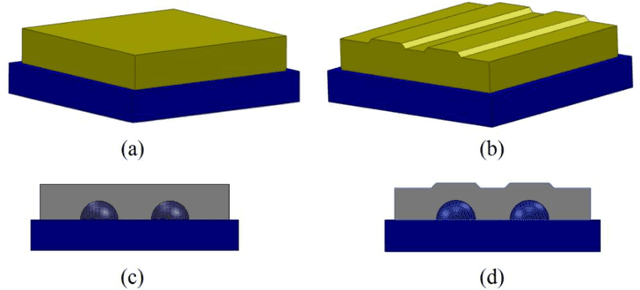Artificial Skin Ridges Enhance Local Tactile Shape Discrimination
Paper and Code
Sep 16, 2011



One of the fundamental requirements for an artificial hand to successfully grasp and manipulate an object is to be able to distinguish different objects' shapes and, more specifically, the objects' surface curvatures. In this study, we investigate the possibility of enhancing the curvature detection of embedded tactile sensors by proposing a ridged fingertip structure, simulating human fingerprints. In addition, a curvature detection approach based on machine learning methods is proposed to provide the embedded sensors with the ability to discriminate the surface curvature of different objects. For this purpose, a set of experiments were carried out to collect tactile signals from a 2 \times 2 tactile sensor array, then the signals were processed and used for learning algorithms. To achieve the best possible performance for our machine learning approach, three different learning algorithms of Na\"ive Bayes (NB), Artificial Neural Networks (ANN), and Support Vector Machines (SVM) were implemented and compared for various parameters. Finally, the most accurate method was selected to evaluate the proposed skin structure in recognition of three different curvatures. The results showed an accuracy rate of 97.5% in surface curvature discrimination.
 Add to Chrome
Add to Chrome Add to Firefox
Add to Firefox Add to Edge
Add to Edge